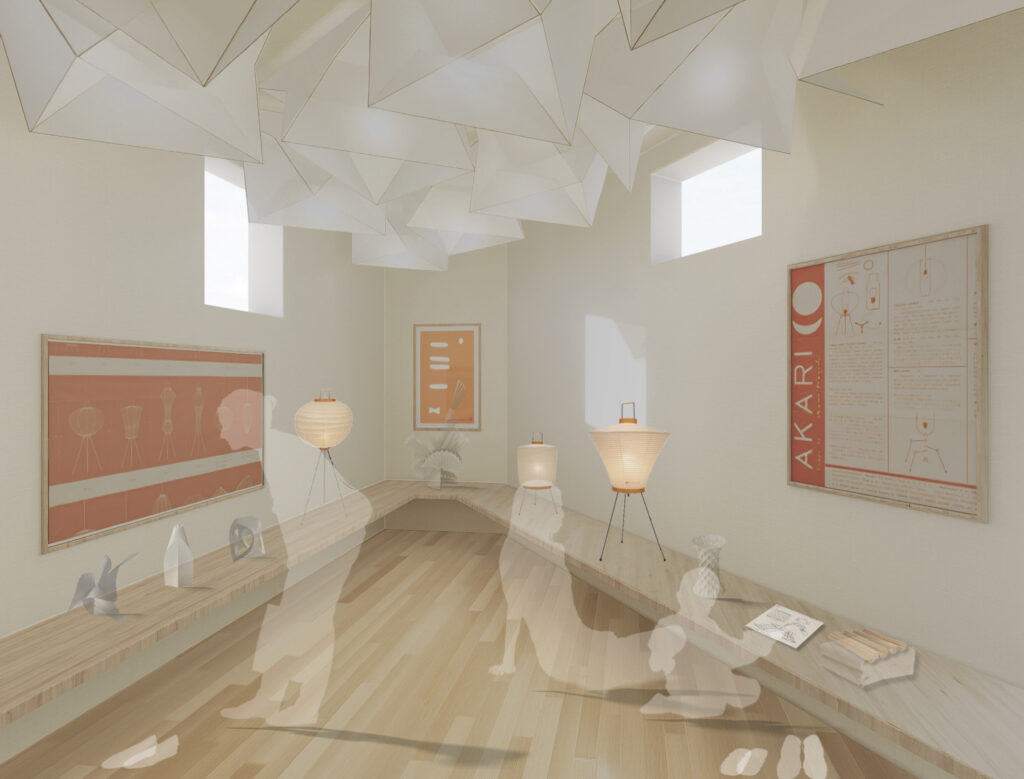
Integrating Art and Essential Services at Project Row Houses

Title: America’s Cultural Treasures: Project Row Houses and the Art of Social Sculpture
In the evolving narrative of America’s cultural landscape, organizations like Project Row Houses (PRH) signal a transformative force—converging art, architecture, and human need to build not just structures, but strengthened social fabric. Based in Houston’s historic Third Ward, PRH exemplifies an artist-driven model for community uplift, sustainable development, and cultural preservation. Sponsored by the Ford Foundation’s America’s Cultural Treasures initiative, this article explores the philosophical roots, community-centered initiatives, and enduring impact of Project Row Houses.
Art as Necessity, Not Luxury
Art is often viewed as a luxury—an indulgent pursuit accessed primarily by society’s elite. For the founders and proponents of Project Row Houses, however, art is an existential necessity. As PRH-affiliated artist Robert Hodge contends, “Art for me, to live, is a necessity.” This sentiment underpins PRH’s twofold mission: to affirm the artist’s need for expressive freedom and to meet community needs for security, education, and wellness.
Founded in 1993 by artist and activist Rick Lowe along with six fellow artists—James Bettison, Bert Long Jr., Jesse Lott, Floyd Newsum, Bert Samples, and George Smith—PRH was born of radical imagination and responsive community engagement. Lowe’s vision was shaped, in part, by his immersion in social critique and community organizing, and galvanized by his discovery of artist Joseph Beuys’s philosophy of “social sculpture”—the concept that art’s medium could extend to shaping society itself.
From Deterioration to Regeneration
PRH’s physical genesis was as transformational as its philosophical one. Initially focused on preserving a lot of 22 dilapidated shotgun houses—a Southern architectural style reminiscent of African diasporic heritage—PRH turned these spaces into “social sculptures,” literal and metaphorical foundations for communal revival. These homes are not only artifacts of vernacular architecture but also living canvases for installation art, community programming, and affordable housing.
Chevron executive Andrew Speckhard, an early supporter, recounted his evolving understanding of PRH’s mission. Initially skeptical of the idea that sweeping floors or weeding gardens was “art,” Speckhard had an epiphany after co-founder Rick Lowe advised him to “picture where Project Row Houses is and the six or eight blocks around it as your canvas.” From that moment, the notion of art expanded beyond object-making to include acts of caretaking and urban renewal.
Empowering Through Art and Action
One of PRH’s most widely celebrated programs was the Young Mothers Residential Program (YMRP), which began in 1995. More than transitional housing, YMRP provided a springboard for young women to transform their lives through workshops focused on financial literacy, parenting, self-care, and creative visioning. Dr. Assata-Nicole Richards, an early beneficiary and now a community leader, exemplifies this transformation. “We came into these houses, and they did something to us,” she reflected. “This became a place of transformation. That’s what art does.”
Though the YMRP program was sunset in 2020 amidst challenges and changes, its legacy solidified the connection between housing stability and creative flourishing. Today, PRH continues to collaborate with partners like Target Hunger and Second Servings to address food insecurity while offering workshops on behavioral health, business skills, and professional development through programs like Creative Careers.
Preservation and Cultural Continuity
PRH is also deeply committed to preserving the Third Ward’s cultural heritage. Through partnerships with institutions like Rice University’s Building Workshop, PRH has added new affordable housing units modeled on the neighborhood’s architectural vernacular. These developments resist the tide of gentrification with a participatory design process that respects local aesthetics and historic identity.
A standout in their preservation efforts is the Eldorado Ballroom. Once a vital music venue during the Jim Crow era, the ballroom has hosted legendary artists like B.B. King and Count Basie. By restoring this venue with thoughtful updates like ADA compliance and modern amenities, PRH anchors cultural memory in architecture, serving as both a monument and a venue for today’s artists.
Art Rounds: Democratizing Access to Art
At the heart of PRH’s arts programming are its semiannual “Rounds,” thematic cycles of visual art installations that transform the interiors and exteriors of their iconic houses. These exhibitions democratize art viewing, especially for audiences that may not engage with traditional museum spaces. As PRH Board Chair Phillip Pyle noted, “It’s an entire community of people that don’t go to museums. So, how do I let these people see my artwork? I could just put it out here on the street.”
These Rotating artist residencies often focus on urgent societal issues—from the climate crisis to racial injustice—encouraging artists to engage with the Third Ward community through collaborative and site